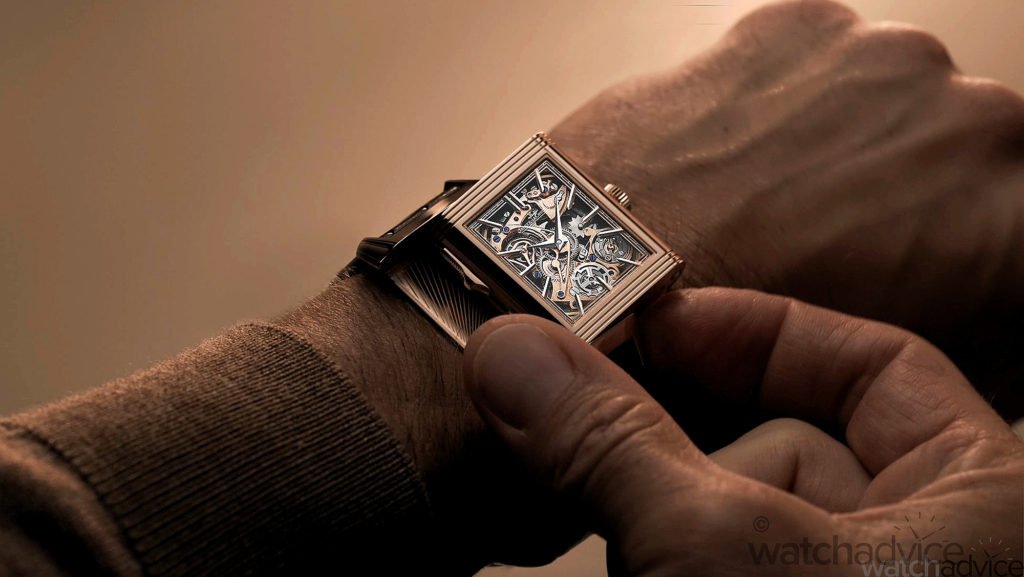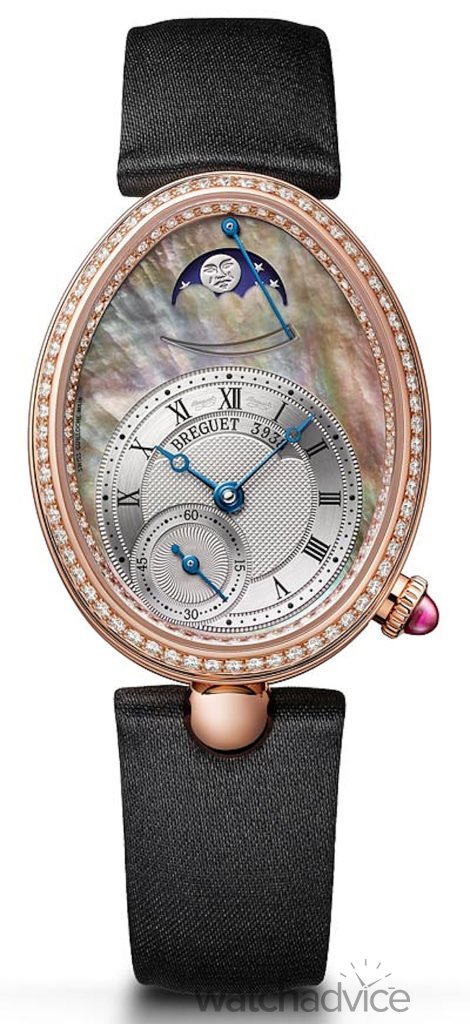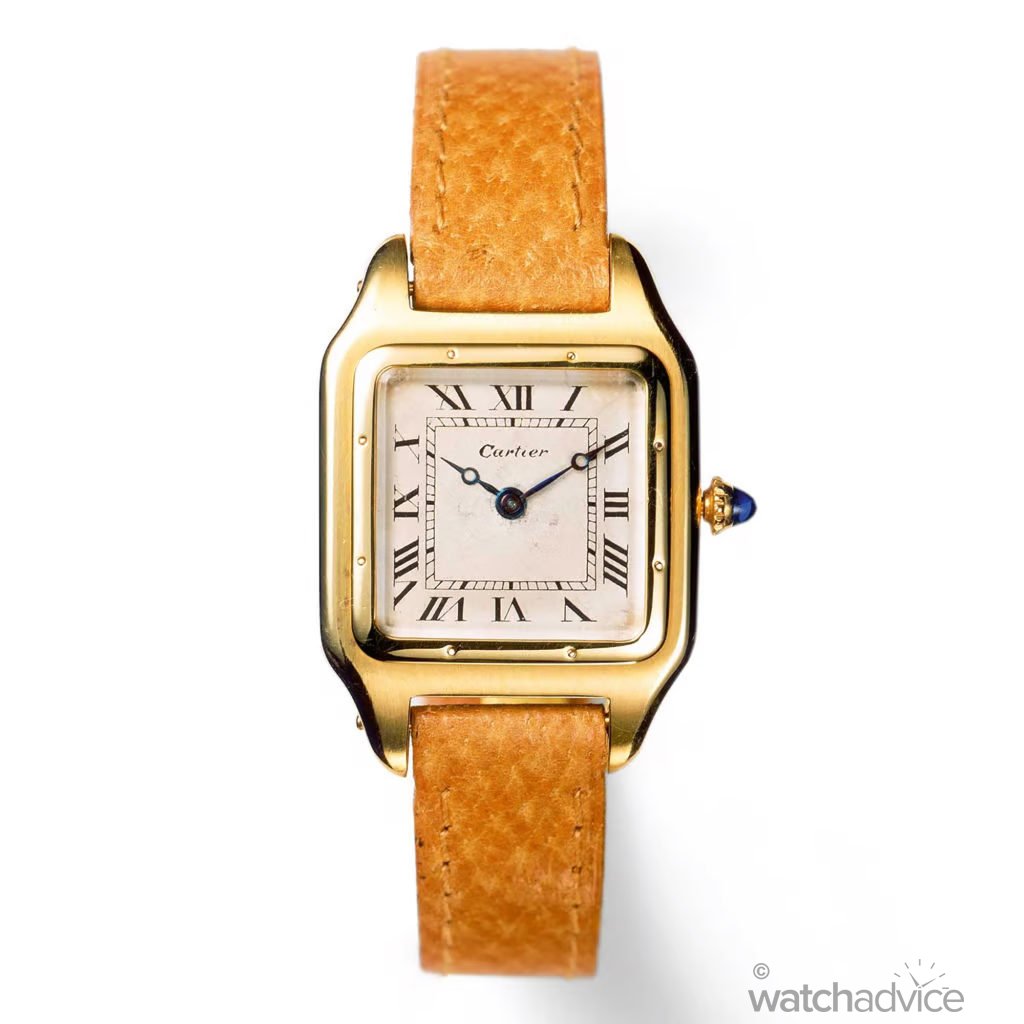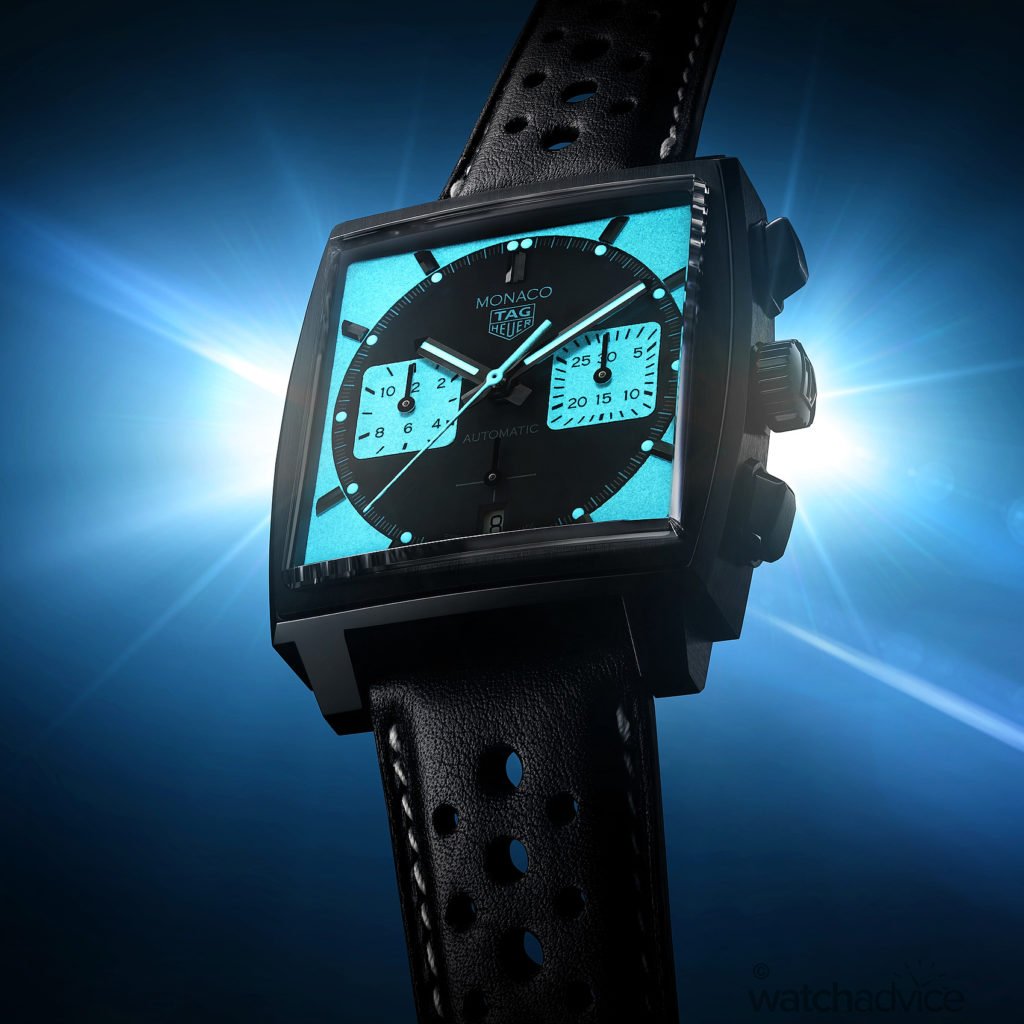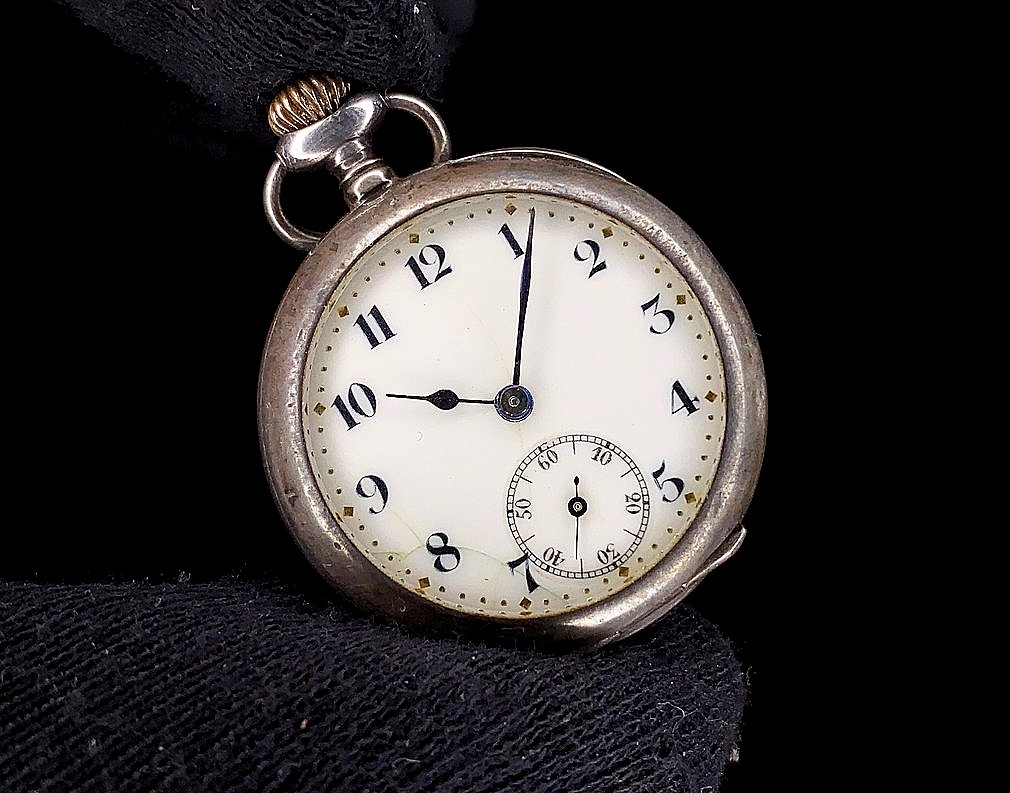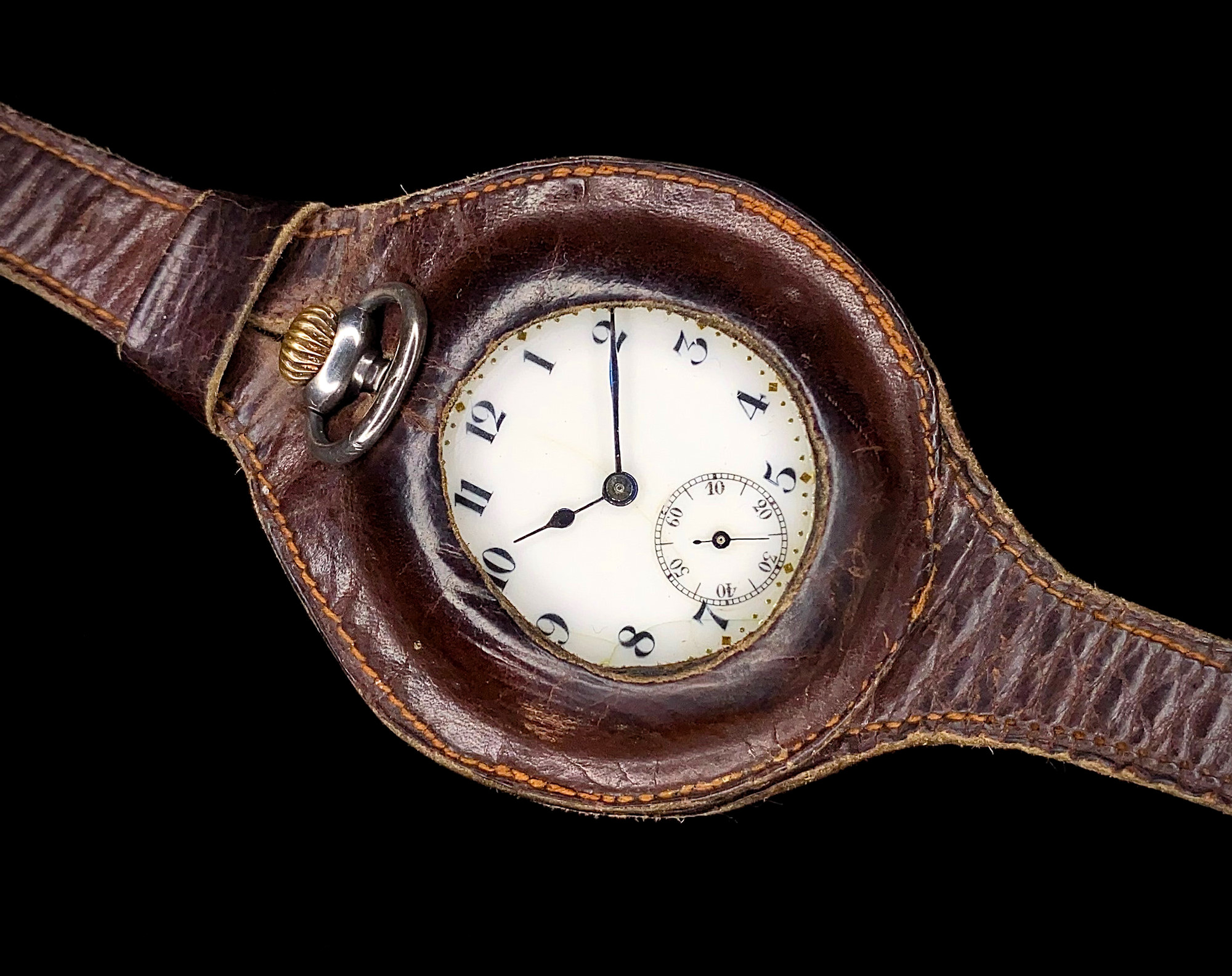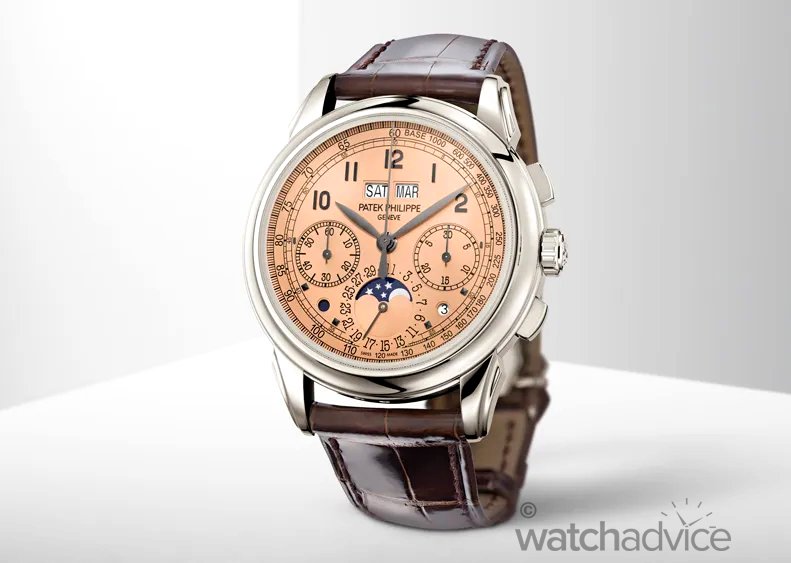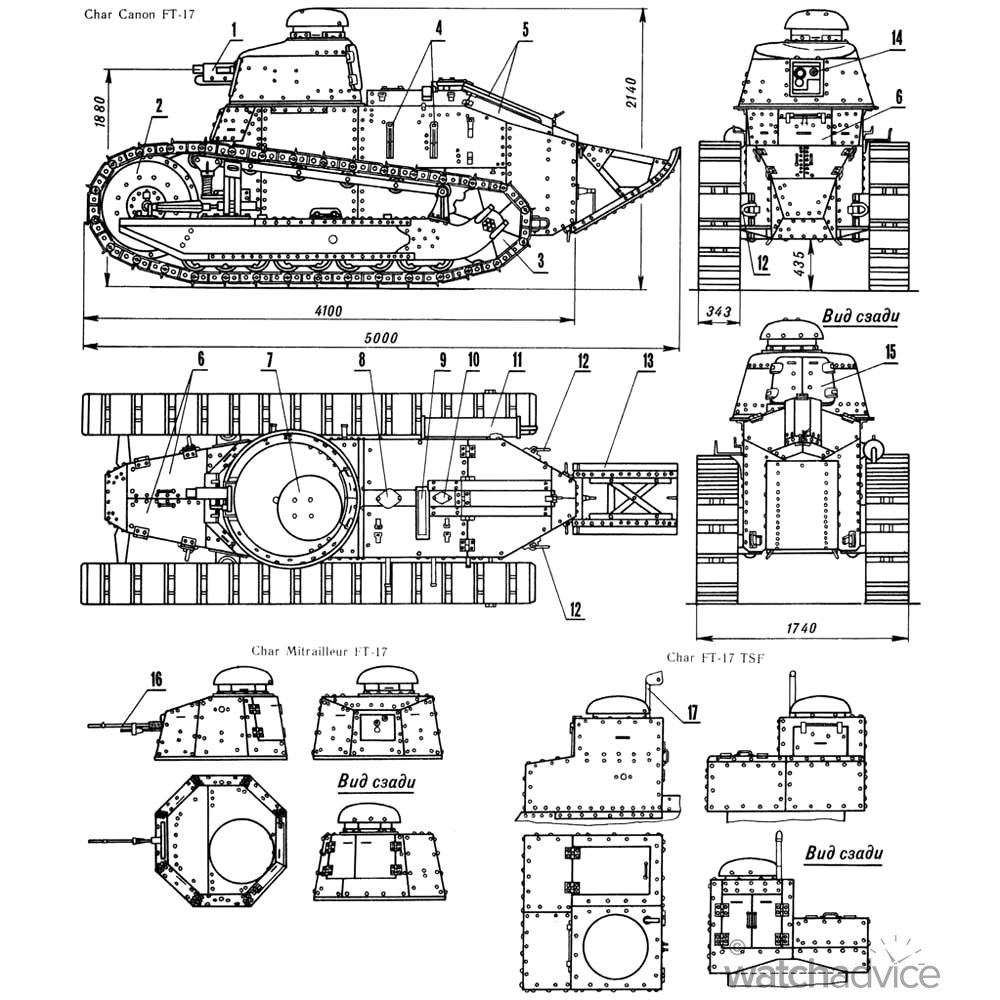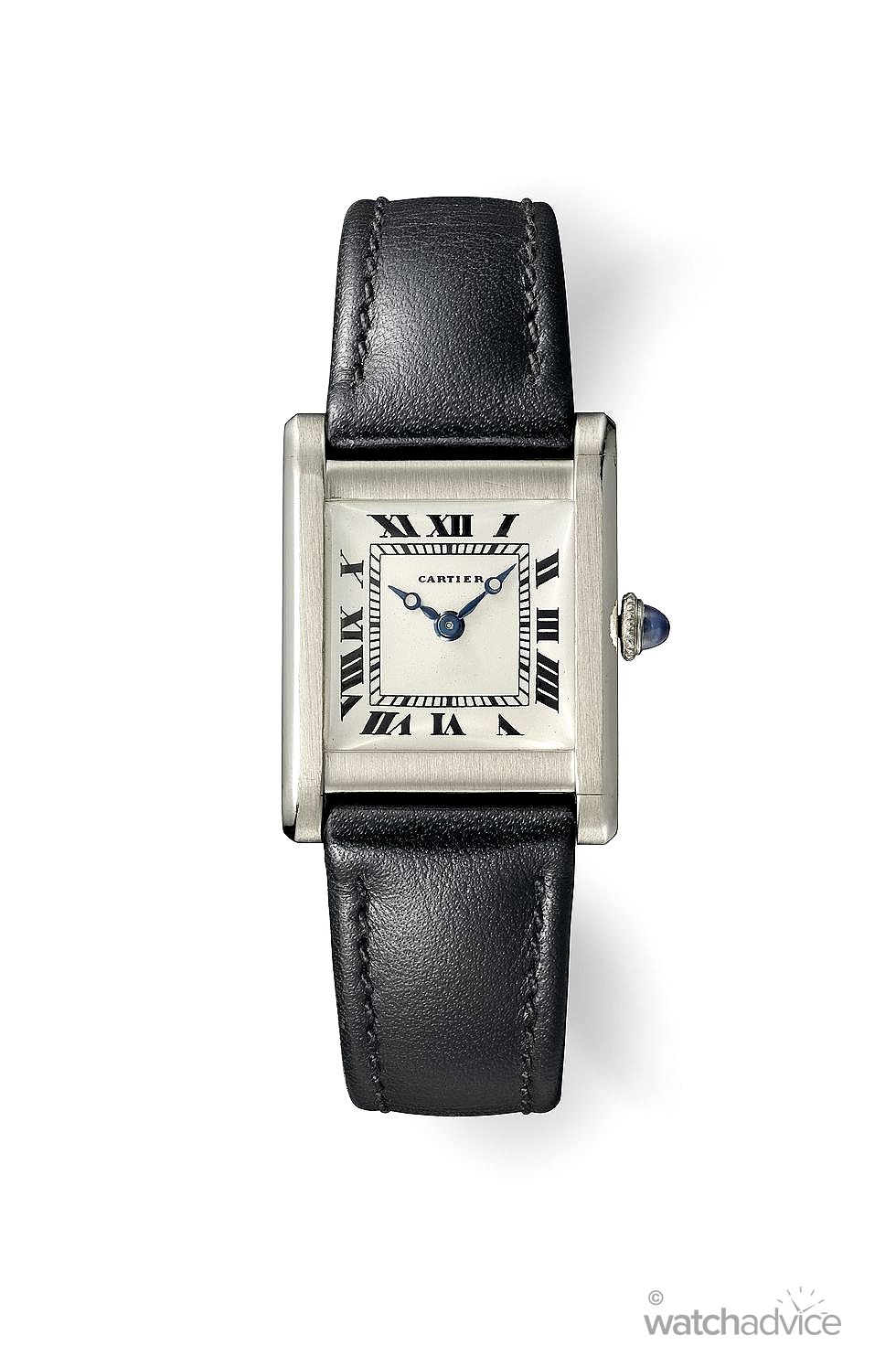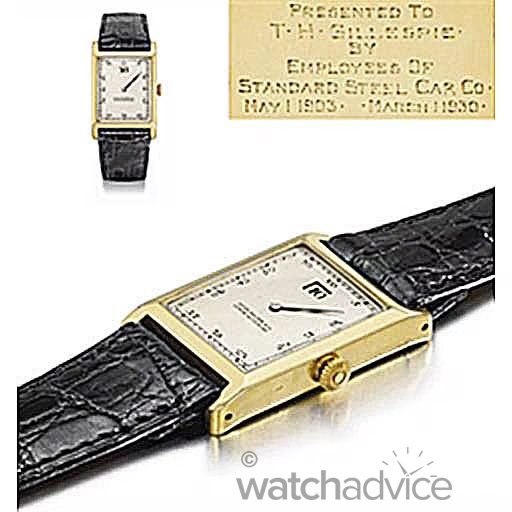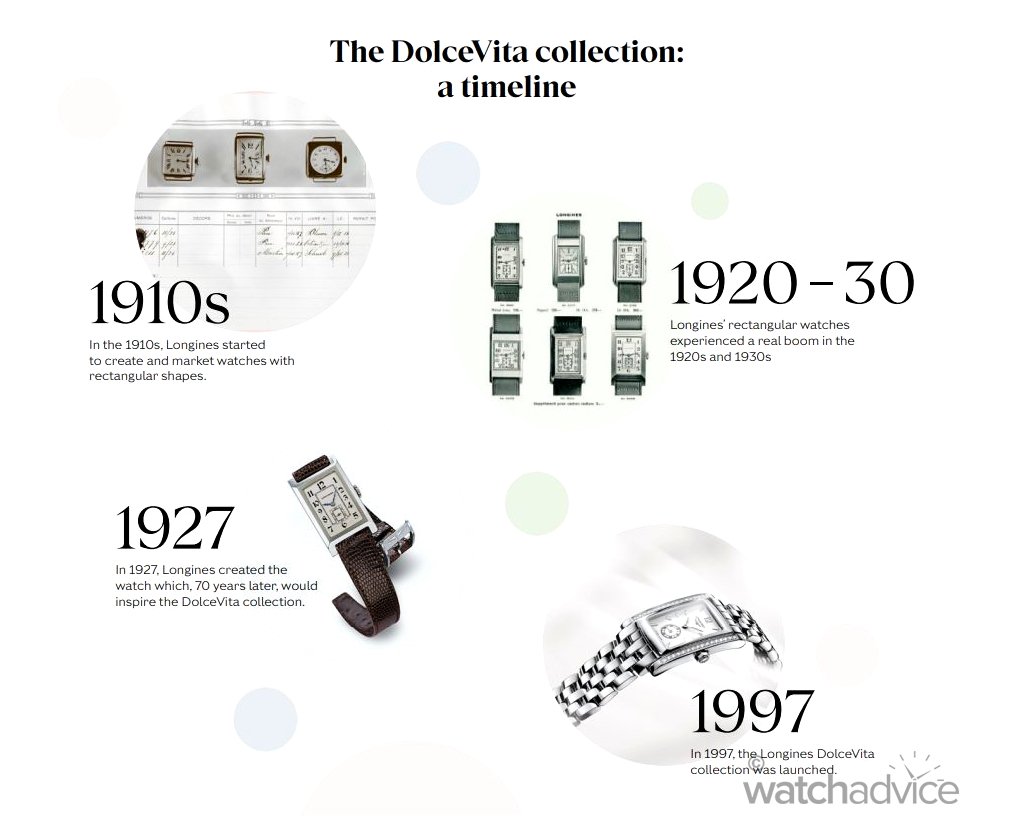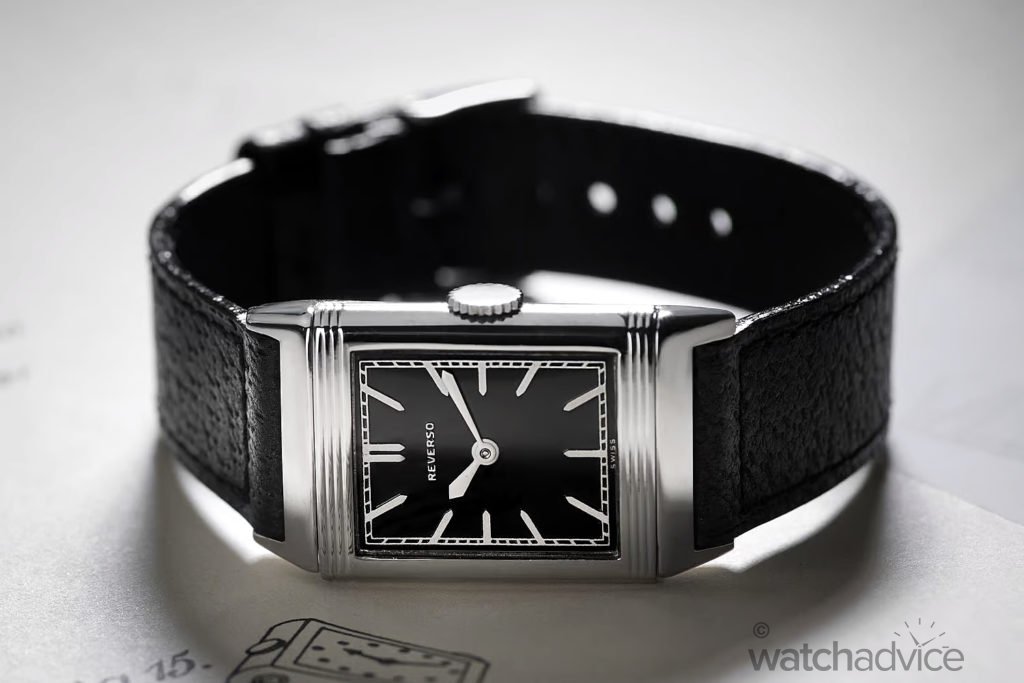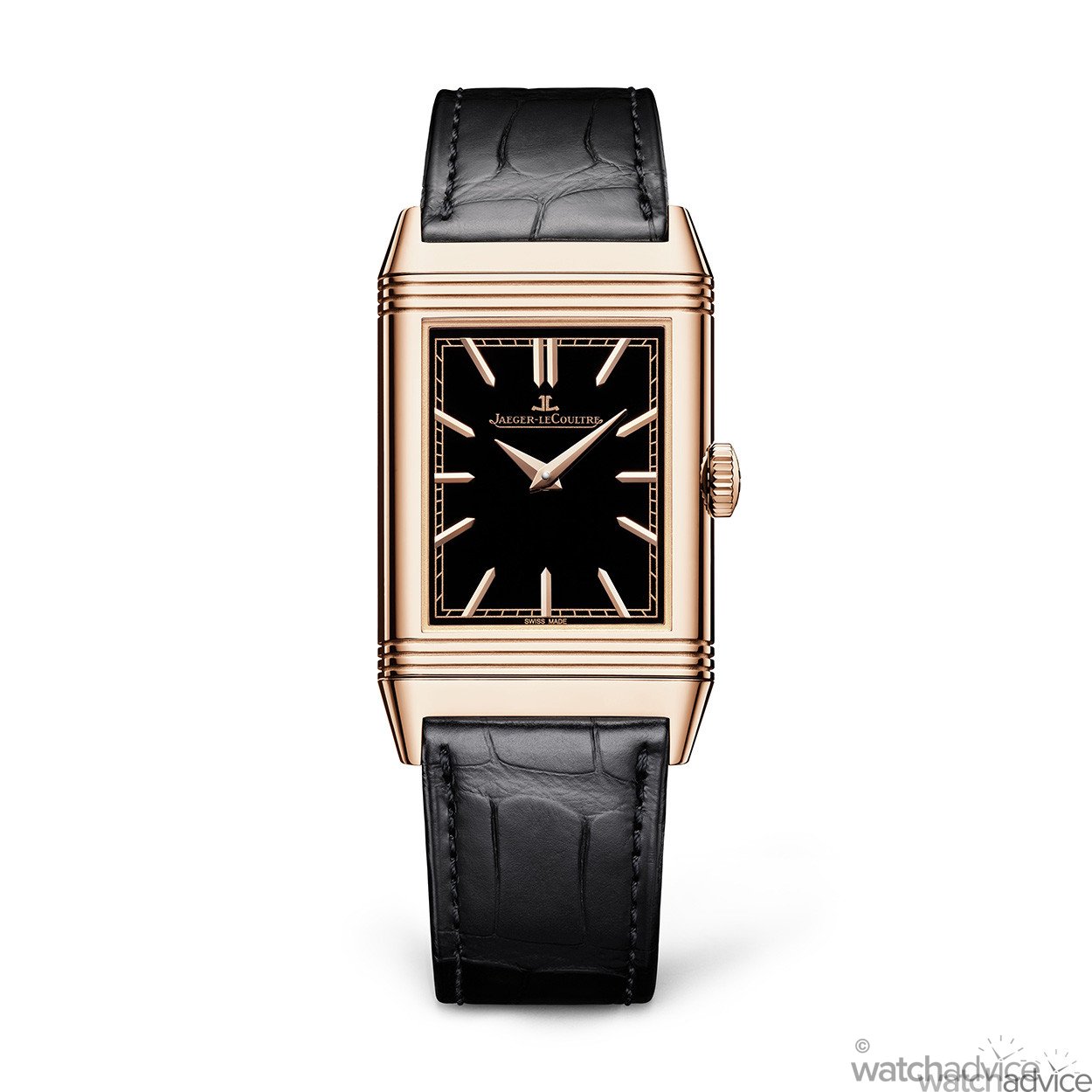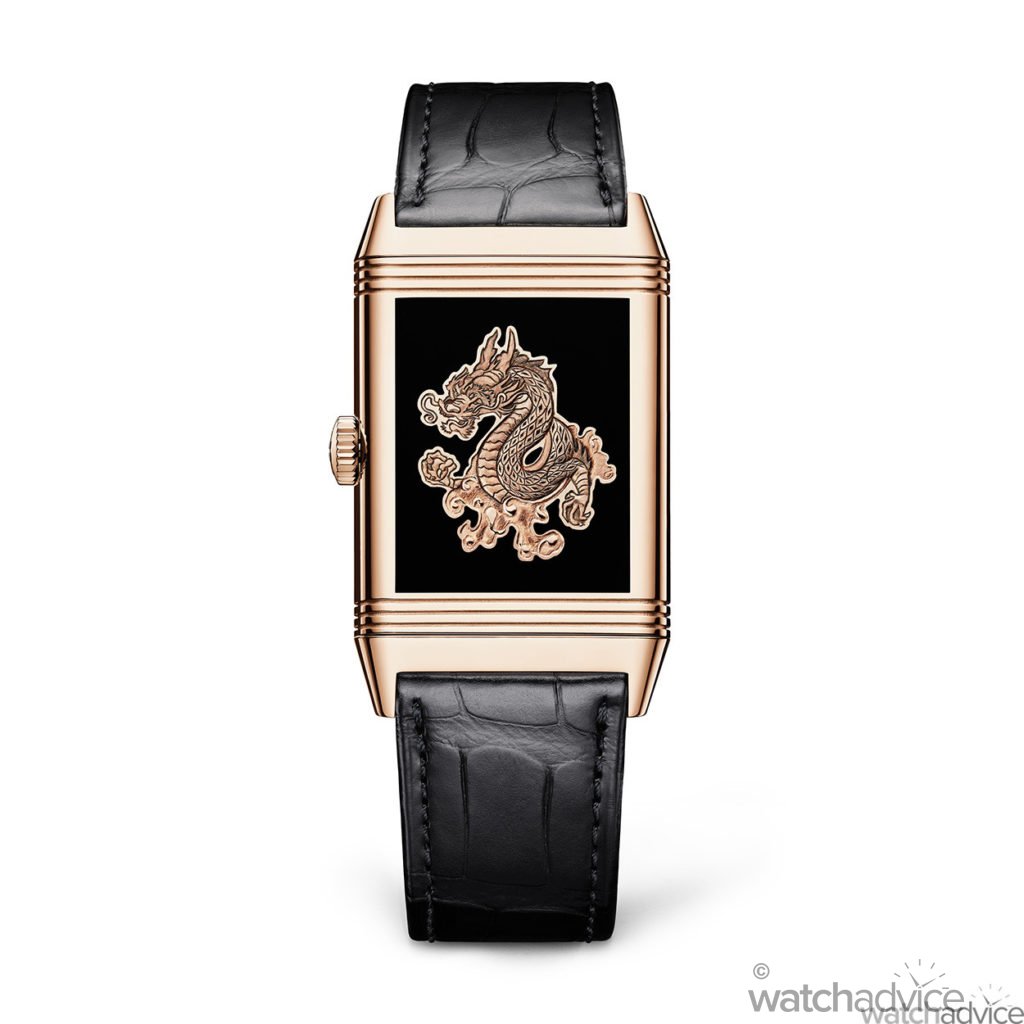In this latest Watch Education article, we look at the different case designs that bring about different aesthetics to watches and case designs that are iconic to certain brands.
There are many different components of a watch that can alter its aesthetic design, from the dial and its different elements to the bezel, lug design, bracelet and finally, the shape of the case. Excluding its design and shape, the case and its connecting components play a vital role in the functionality of the watch, such as the water resistance of the timepiece for example.
The water resistance of a timepiece, in a nutshell, is ensured through gaskets or “O-rings” made from rubber/nylon or Teflon, which are used as watertight seals at the points where the case connects to the watch crystal, case back, and the crown. While the functionality is crucial, the case design is just as vital, as it ultimately determines the overall aesthetics of the timepiece.
As we know, watches were initially derived from pocket timepieces created early in the 16th century. This then led to the creation of the first timepieces, with the cases being carried over from the circular pocket watch design. While the circular design isn’t iconic in a sense, as every brand almost uses it, it is still the preferred go-to design even in today’s watch market.
Throughout the history of watches, some brands decided to venture out from the circular case and create iconic designs. Designs like the tonneau-shaped case, the rectangular-faced case, and its identical counterpart, the tank case design. While there are many more different designs, the above-mentioned became signature designs for some of the biggest Swiss luxury watchmanufactures, making the brand instantly recognisable simply from the case design itself.
In part one of this latest education article from Watch Advice, we’ll dive into 5 different different case designs, their origins, and the brands that have made signature timepieces from them.
Oval Case
While oval-shaped cases may not be as famous as the circular-shaped models, the design carries a historic feat of being the first ever wristwatch produced. There is, however, some debate as to what was actually the first watch produced to be worn on the wrist, with Cartier’s Santos timepiece being one of the first timepieces designed for men; Breguet made the first actual recorded wristwatch.
Breguet states that “there is documentary evidence to prove beyond any doubt that, in response to a commission from the Queen of Naples June 8th 1810, Breguet conceived and made the first wristwatch ever known, the Breguet watch number 2639.” Between 1808 and 1814, the Queen of Naples acquired 34 clocks and watches! Breguet reference 2639 appears to have an oval-shaped design, with the time dial being off-centre and located at 6 o’clock.
With oval-shaped timepieces being mostly designed for women, an iconic model with this case shape is Breguet’s Reine de Naples 8908, which falls under the Reine de Naples collection introduced by the brand in 2002. The Reine de Naples 8908 was inspired by Breguet’s and the world’s first-ever wristwatch reference 2639.
Square Case
While Breguet holds the historic feat of creating the first wristwatch for ladies, Cartier is regarded as the first brand to create a wristwatch for men. The story goes that Louis Cartier and famous Brazilian aviation pioneer Alberto Santos-Dumont were quite good friends. Santos Dumont’s profession was building hot air-ballons and taking flight, and he requested that Louis Cartier make him a watch that was readable while in the air.
With this request, Cartier set about taking the traditional pocket watch and making it into a watch for his friend’s wrist, and in this case, the first wristwatch for men. This wristwatch was introduced in 1904 and was named the “Santos” after his friend. The Santos featured a square-shaped design, which was unique at the time when the traditional pocket watches had circular-shaped cases. The Santos is one of Cartier’s most prolific timepieces, with the watch still living on almost 120 years later.
In modern-day watchmaking, square-shaped cases are quite popular. An icon in watchmaking with a square shape is TAG Heuer’s Monaco. The automatic chronograph Monaco Calibre 11 is the very first square and waterproof chronograph in the world, released in 1969. The Monaco collection has been continually updated to suit modern watchmaking standards, with the latest releases also having a skeletonised dial. One of the latest Monaco timepieces from TAG Heuer is the Night Diver, which you can read about here!
Round Case
It’s hard to believe that a round-shaped case wasn’t the first wristwatch ever to be produced. Round cases meant that time was much easier to read, as it’s done in a more symmetrical and evenly designed appearance, compared to the square and oval-shaped case designs. The gears, balance wheels and other components of the movement were also circular, meaning that fitting them into a round case would have been easier.
Although it isn’t the first case to be produced, the round-shaped case design made up for 90% of timepieces up until the 1960’s when brands started to break away from this traditional design. One of the first notable circular-shaped timepieces was from Rolex in 1910. Hans Wilsdorf, the founder of Rolex, sent a Rolex timepiece to be tested by the Official Watch Rating Cente in Bienne, and was later awarded as the first-ever timepiece to receive the Swiss Certificate of Chronometric Precision.
One of Rolex’s early designs for the wristwatch was essentially taking a tried and tested pocketwatch and fitting it with a leather wristlet. Wristlet designs began to appear in the early 1900s and were popular among cyclists as a more practical way to carry and see the time without needing to take the pocket watch out and remove the hand from the bike’s handlebars.
In modern watchmaking, it’s certainly difficult to pick out a stand-out round-case-shaped timepiece, as many brands in the market have their own signature watches. The likes of Omega’s Speedmaster, Breitling’s Navitimer, TAG Heuer’s Carrera and Rolex’s Submariner make for some iconic pieces in the history of watchmaking. If we were to pick one, however, the Patek Philippe Perpetual Calendar Chronograph Ref. 5270P Salmon Dial is an absolute stunner both in complications and aesthetics. Please read our article on Patek Philippe Perpetual Calendar Chronograph Ref. 5270P Salmon Dial here!
Tank Case
The tank case design is quite unique, as from a distance, it looks like a standard rectangular case. While this isn’t necessarily incorrect, the reason why this design differs from the standard rectangular case is due to Cartier. The Tank is a line of timepieces that were first created by Louis Cartier in 1917.
The reason why these watches are termed “Tanks” and not the traditional rectangular design is because the design was inspired by Renault tanks, which Louis Cartier saw in use on the Western Front during World War 1. The lines and proportions of the Cartier Tank timepieces were similar to the tank designs use on the First World War battlefields. The Cartier Tank would go on to become one of the most influential timepieces created, with many watch brands copying the iconic design.
One of the modern icons with the tank case is Cartier’s own Tank Normale. The design of the timepiece references the original 1917 Tank watch and keeps it alive with a modern rendition. Released in 2023, see our article on the Tank Normale collection here!
Rectangle Case
Following the Tank Case introduction in 1917, rectangular watches slowly started to become popular in a market that was utterly dominated by round-cased timepieces. More and more brands were jumping on the rectangular case design. Brands like Audemars Piguet with their own 1938 rectangular model (no reference) and Patek Philippe’s 1927 rectangular Torture Jump Hour.
Well before these major watch manufacturing powerhouses started creating rectangular watches, Longines had been creating them almost 10 years prior. Longines states that “as early as at the beginning of the 1910s, Longines started to manufacture wristwatches with cases in a rectangular shape. Not only were the cases of a distinct rectangular design but the in-house built movements as well. Rectangular watches were especially fashionable in the 1920s and 1930s when they filled whole pages in catalogues.” Longines keeps its traditional rectangular watch design alive in the modern era with the latest Dolce Vita collection. See our article on the Longines Mini Dolcevita collection here!
However, there was one brand that created a rectangular timepiece that would change the face of watchmaking altogether (quite literally!). Produced in the 1930s, Jaeger-LeCoultre unveiled the Reverso to the world. A timepiece well and truly ahead of its time due to the case design, the Reverso, produced initially as a sports watch, could be turned back-to-front. French designer René-Alfred created this iconic and now signature line for Jaeger-LeCoultre with a case mechanism (patented) that allowed the timepiece to be flipped over while still being on the wrist.
The Jaeger-LeCoultre Reverso was initially designed in India to be used on the Polo fields. By being able to turn the case over, the dial side can be protected from sporting blows. Jaeger-LeCoultre’s modern Reverso collection keeps this iconic design alive, with the luxury watch manufacturer creating some mesmerising timepieces with dual dial faces. We have many Jaeger-LeCoultre Reverso articles in our article catalogue, which you can find here. The latest Reverso from the brand is the Chinese New Year dedicated timepiece, Reverso “Dragon”, which you can read about here!
These watch case designs have altered the course of watchmaking for the better. With the brand’s stepping away from creating the traditional round cases, it has brought on some unique designs with timeless elegance and aesthetics. We are far from done, however, as this is only the beginning of watch case designs. Stay tuned for part two, where we explore more iconic watch case designs from history that have shaped the way modern timepieces are now seen.



